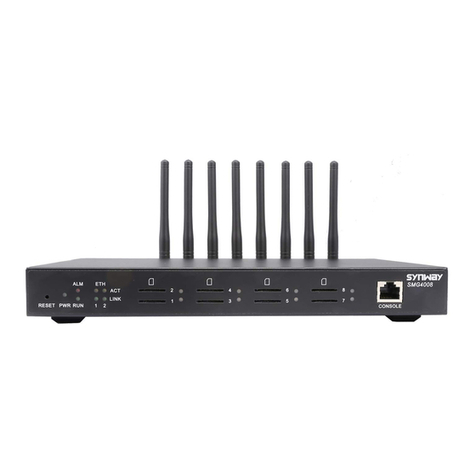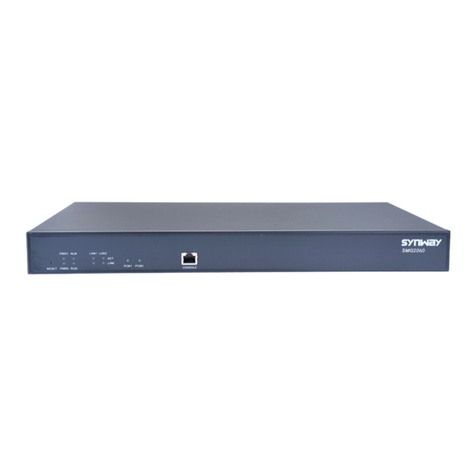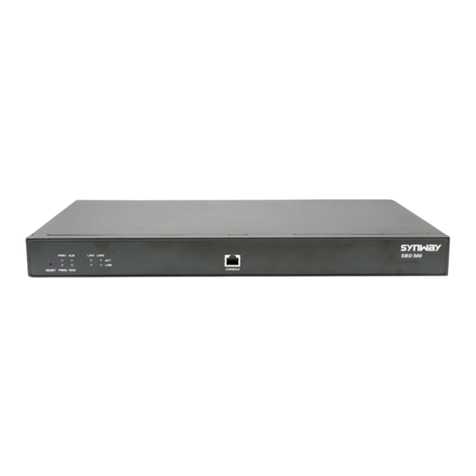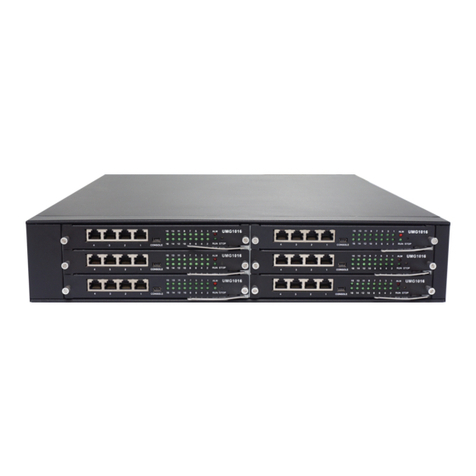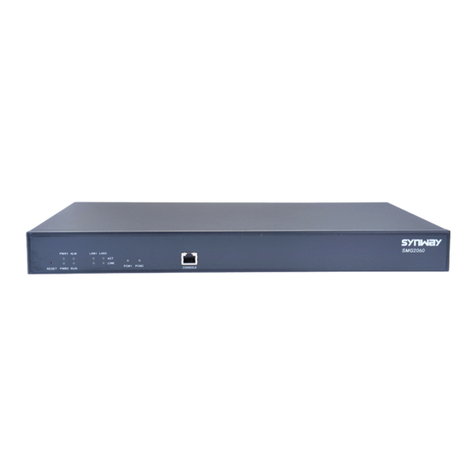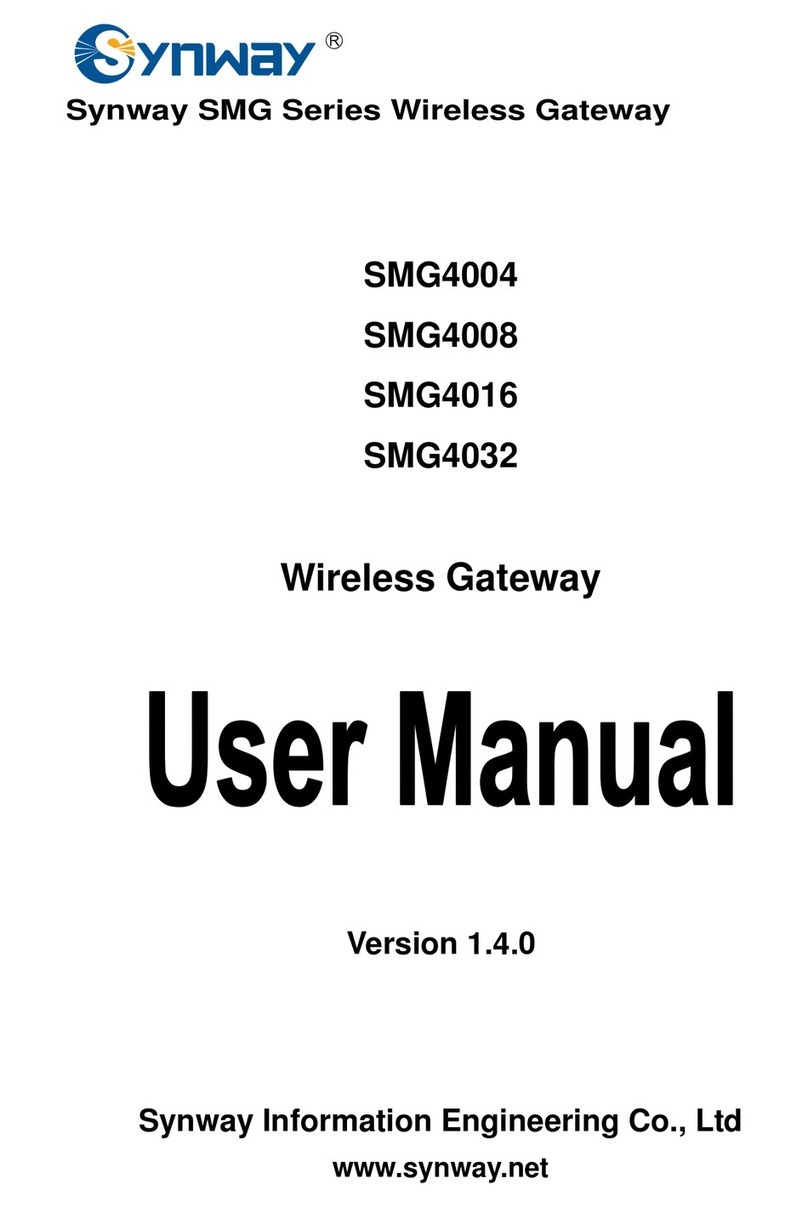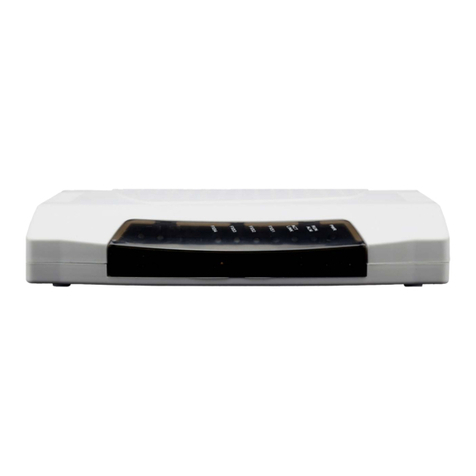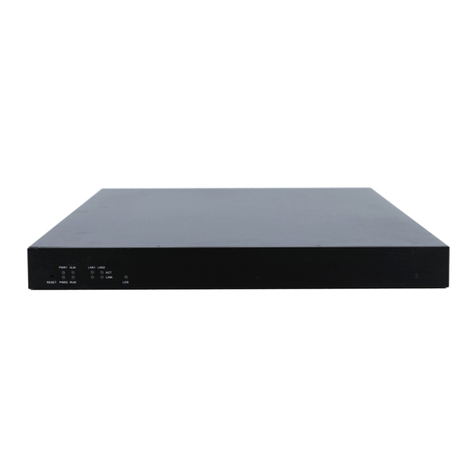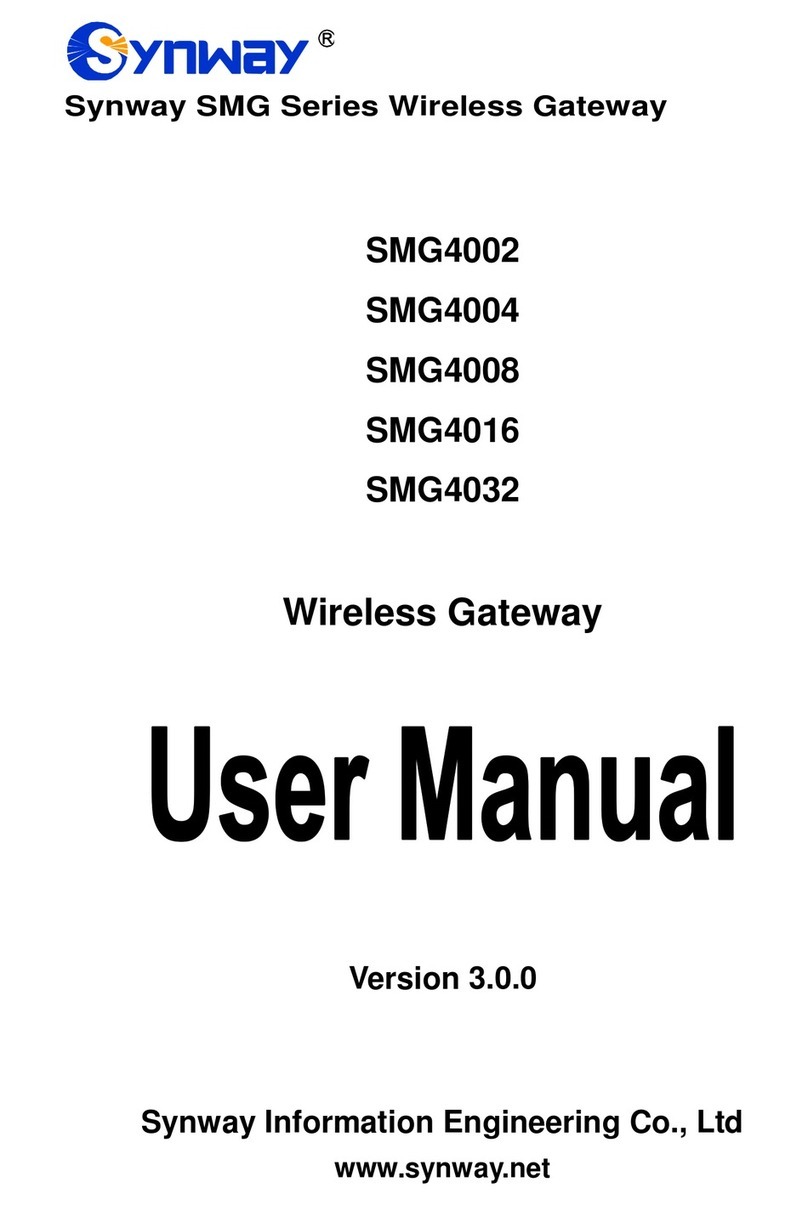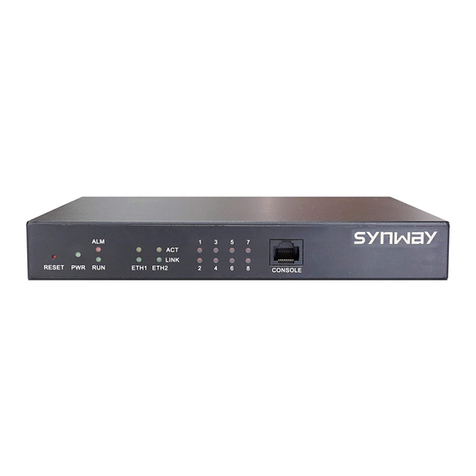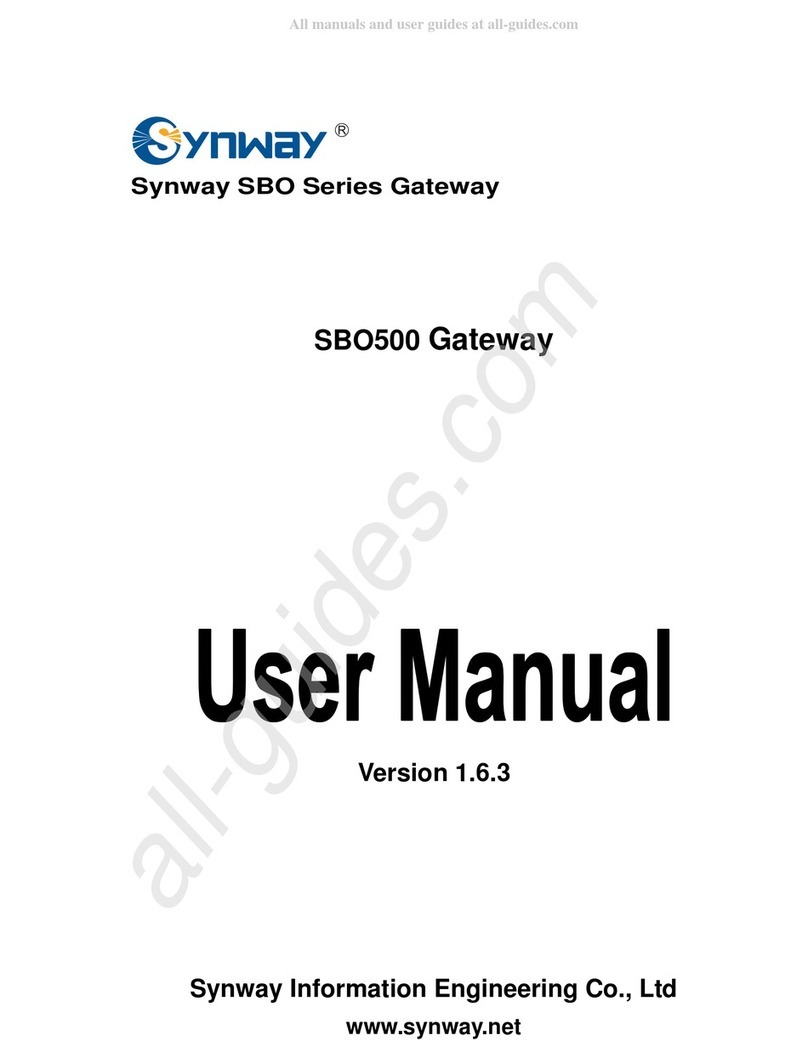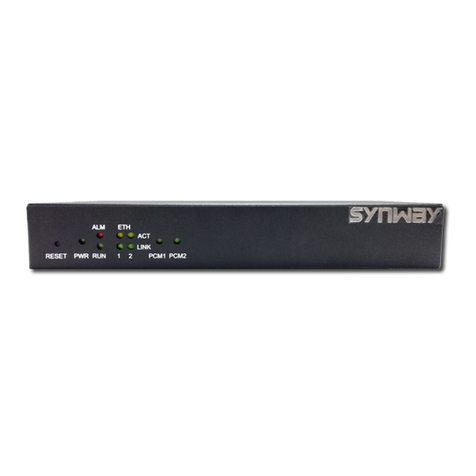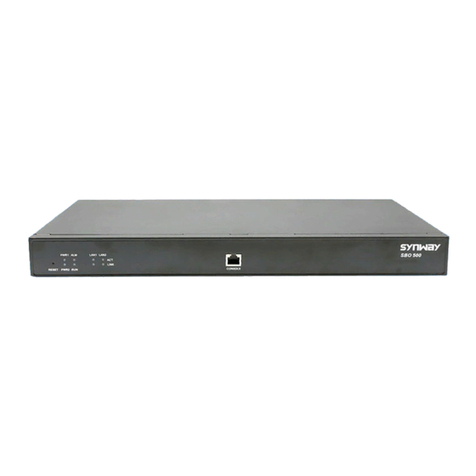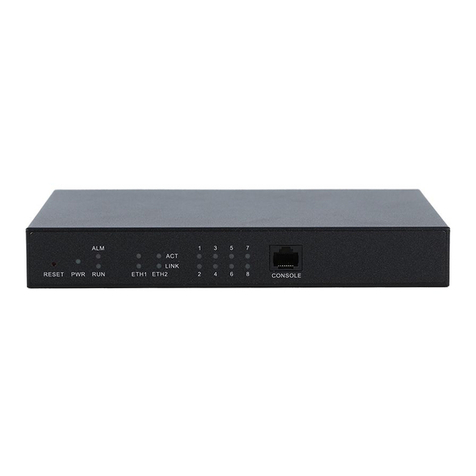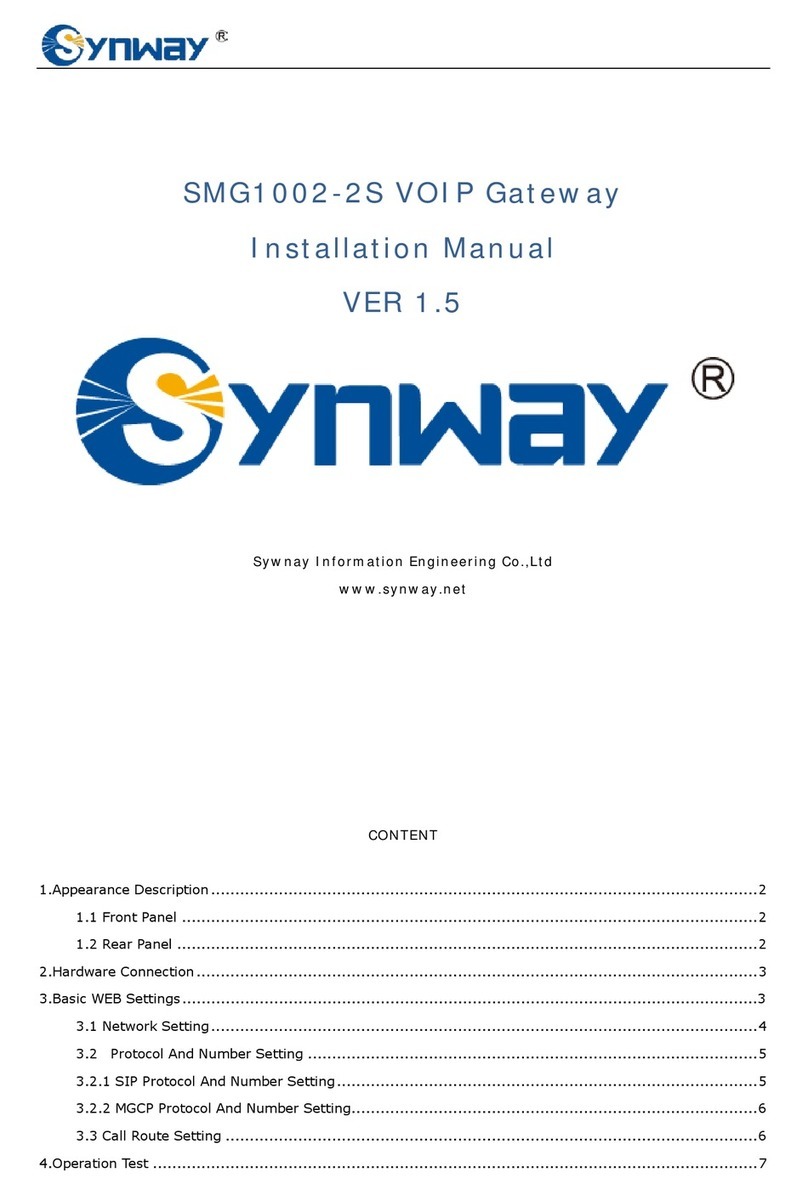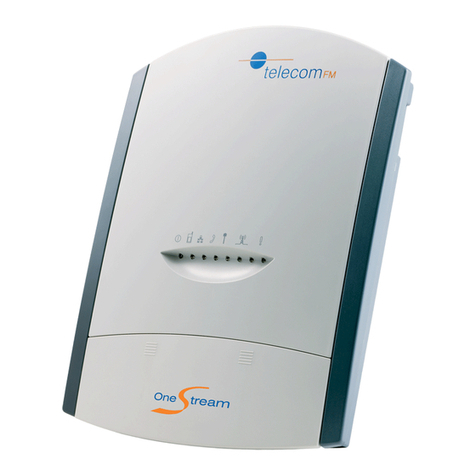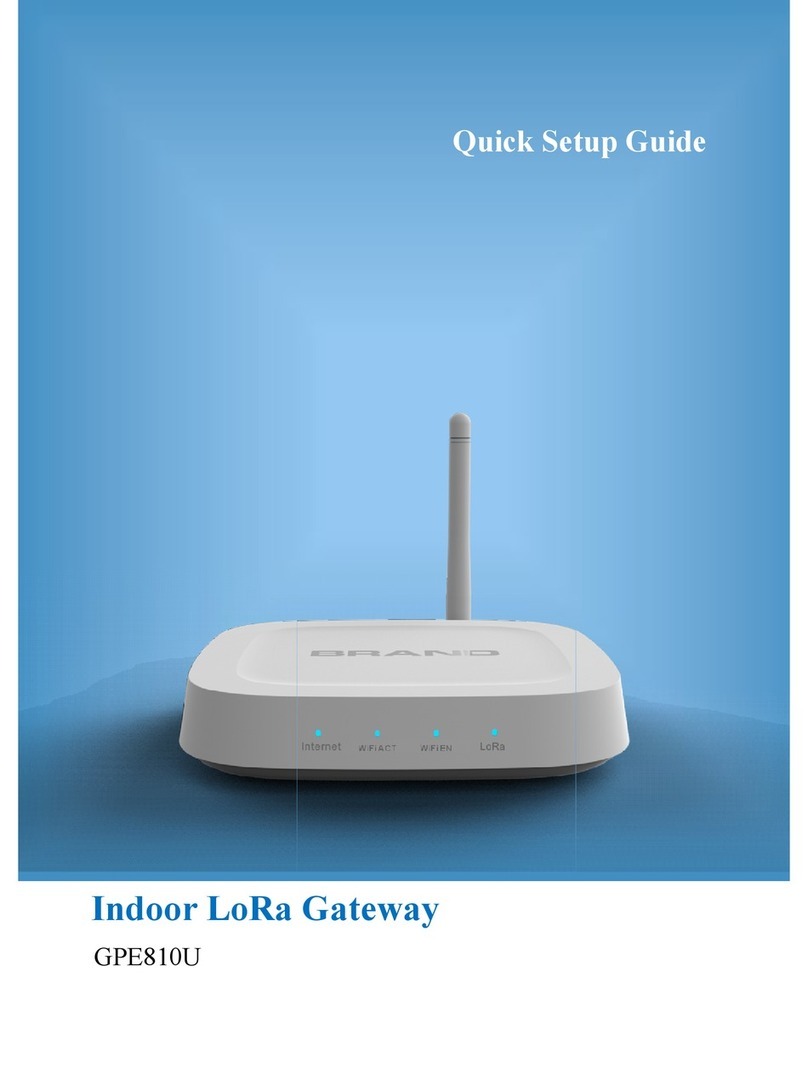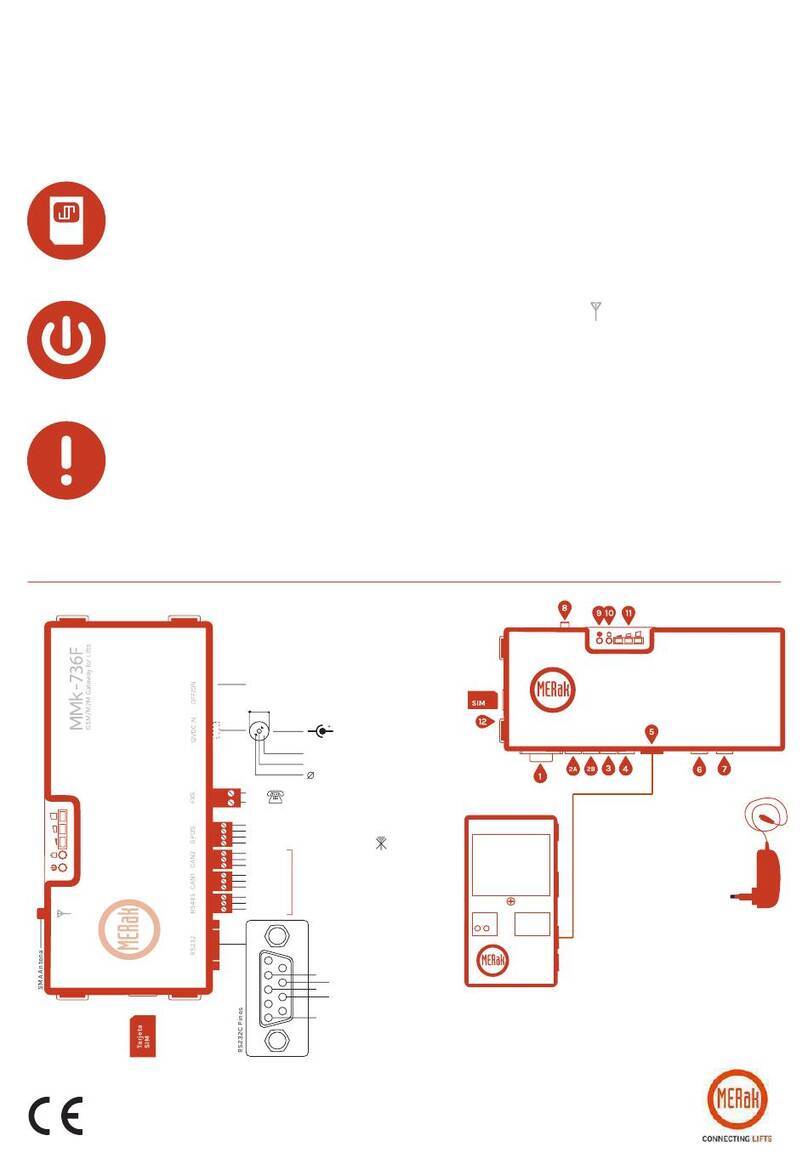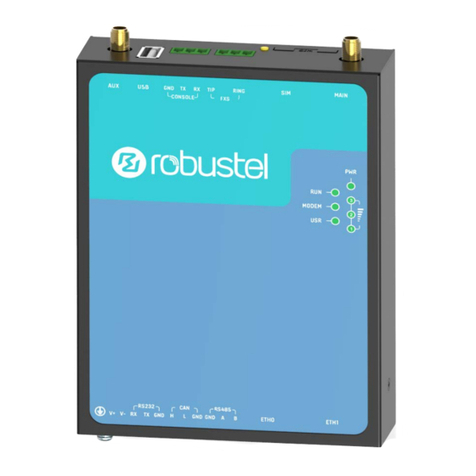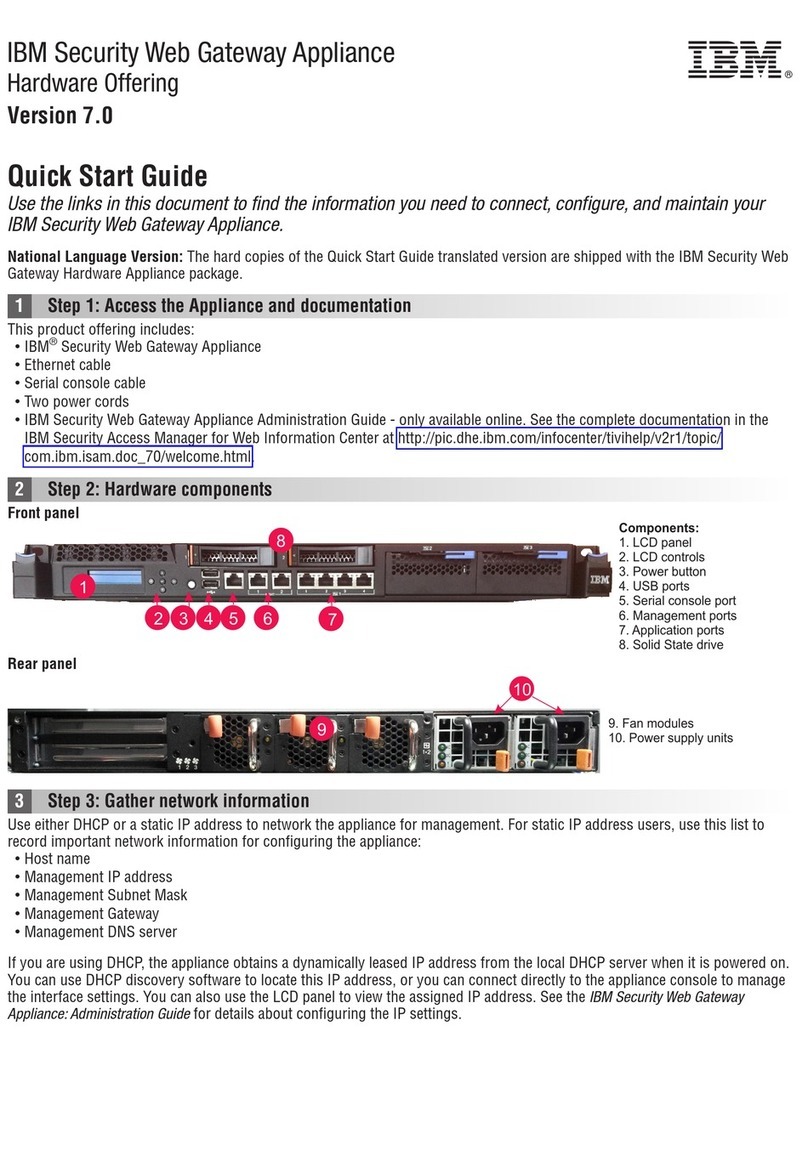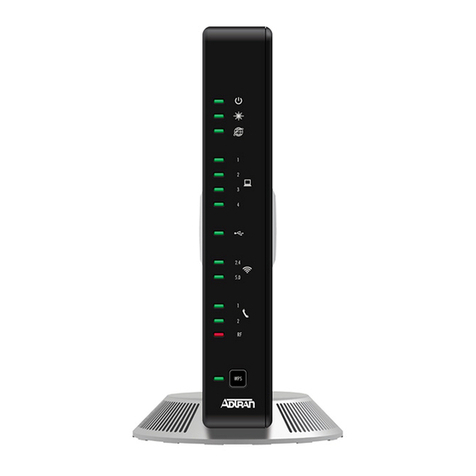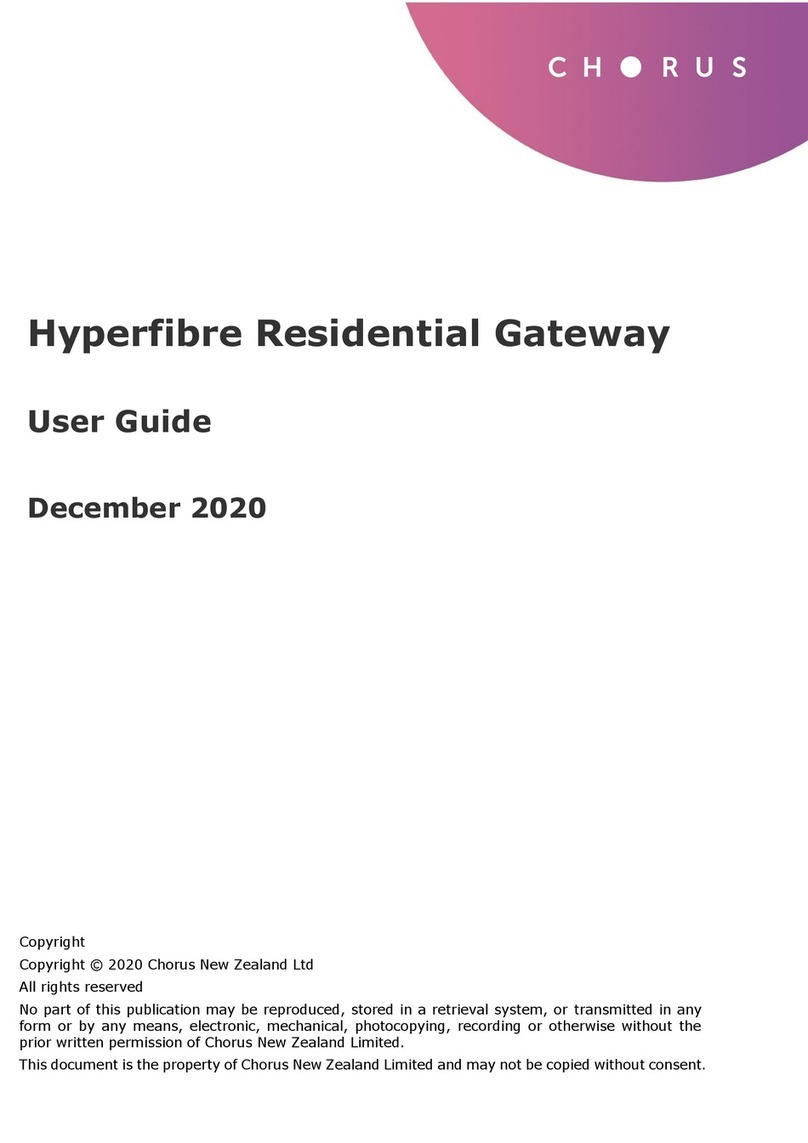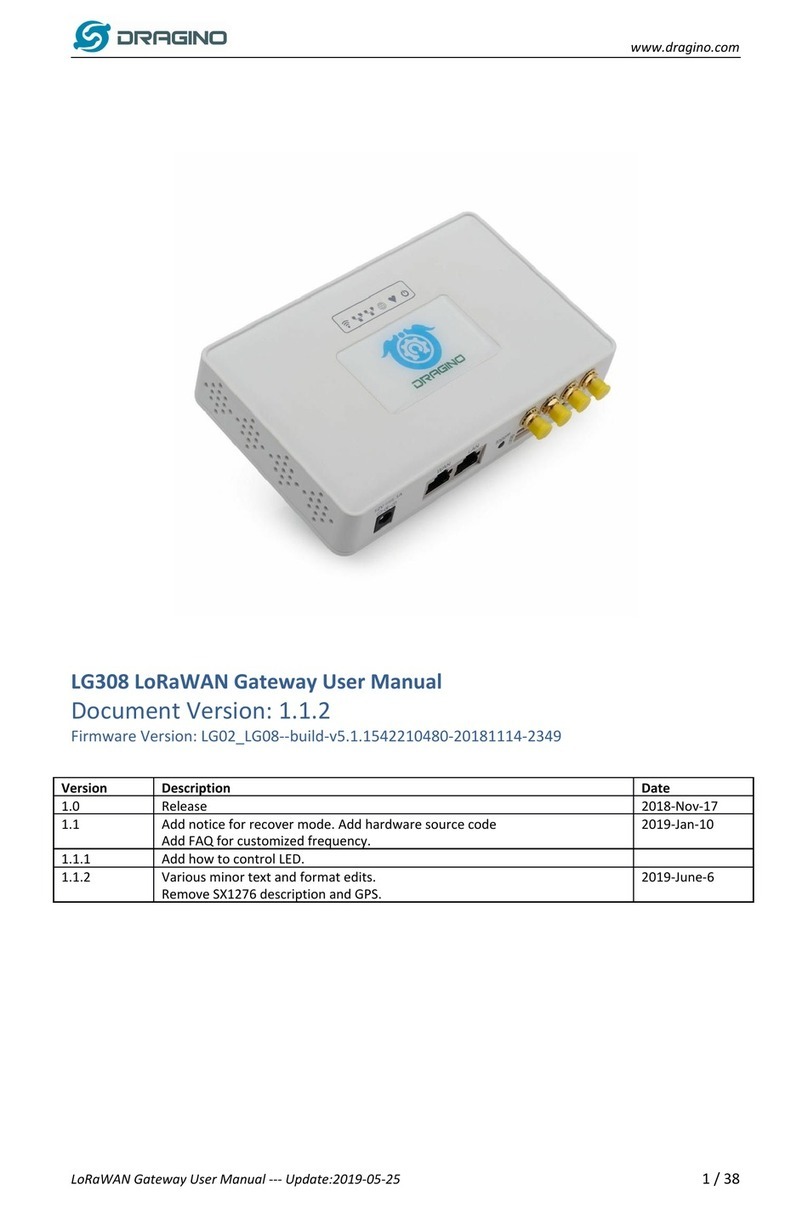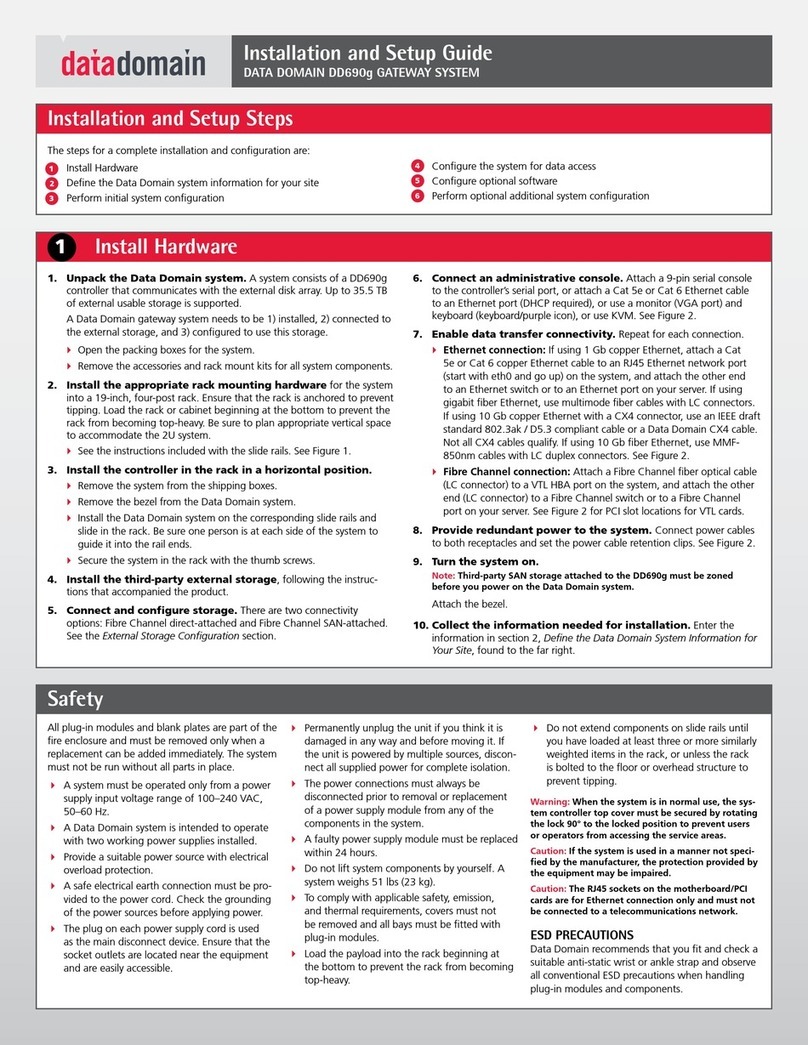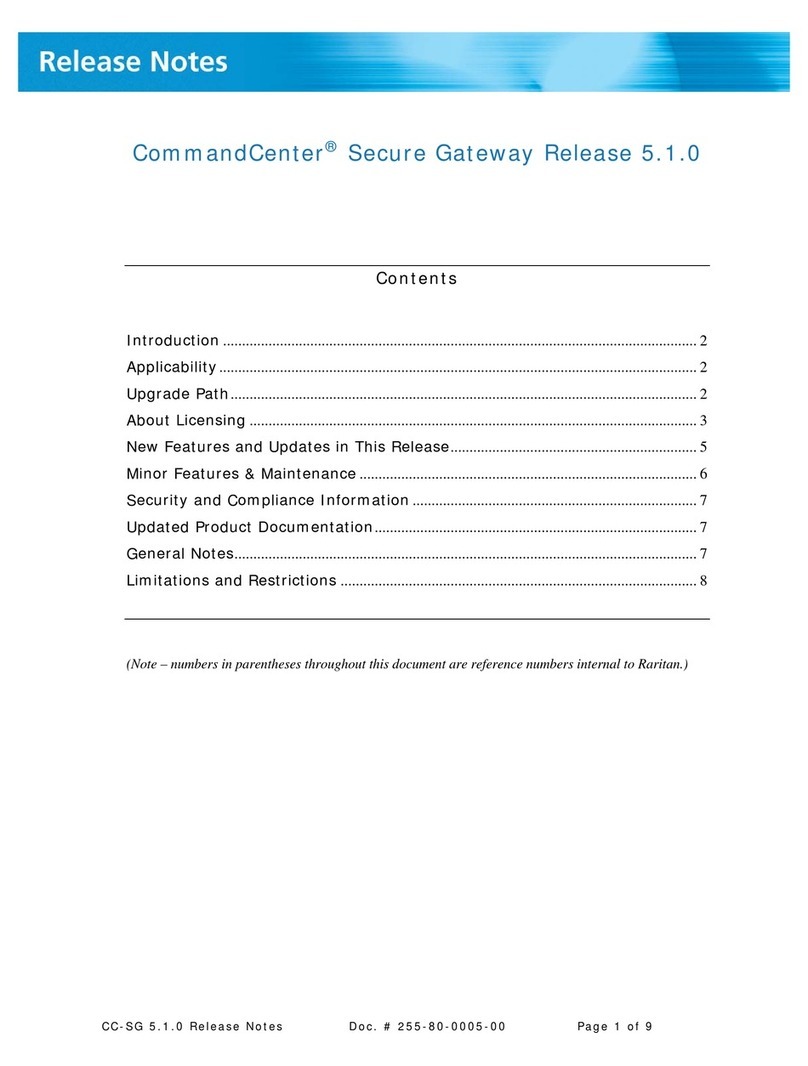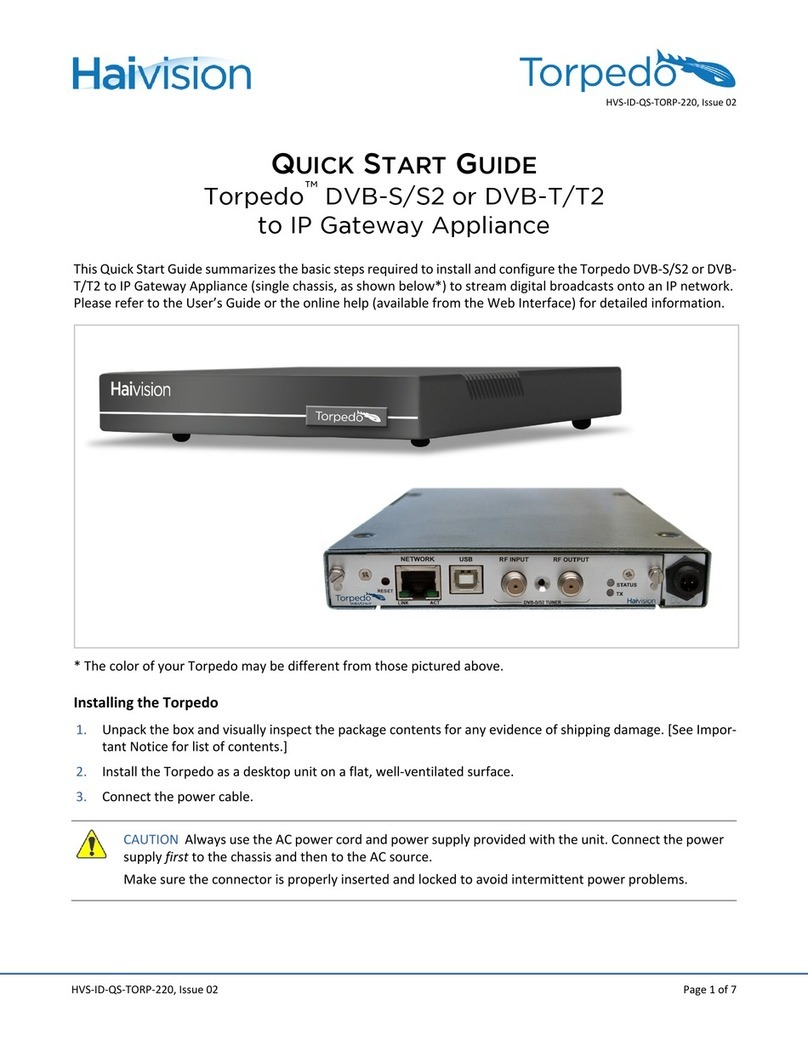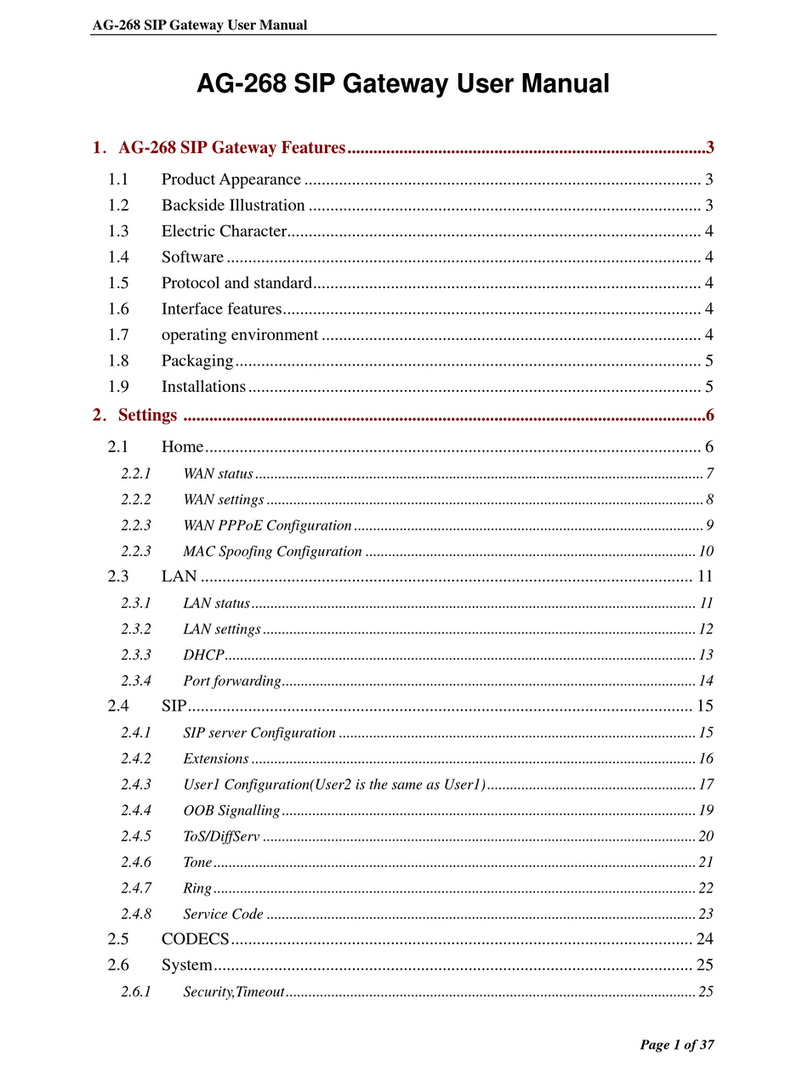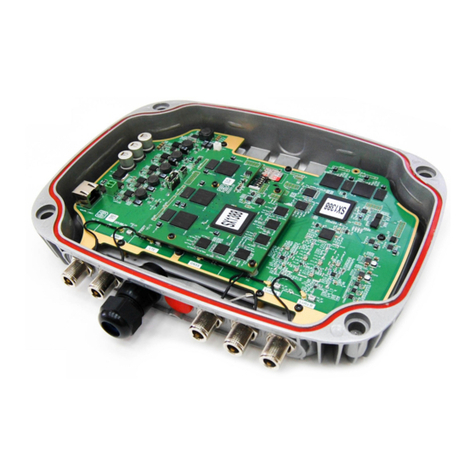
Synway Information Engineering Co., Ltd
SMG-C Series Analog Gateway User Manual (Version 1.7.1) Page i
Content
Content ................................................................................................i
Copyright Declaration...........................................................................iii
Revision History....................................................................................iv
Chapter 1 Product Introduction............................................................1
1.1 Typical Application......................................................................................... 1
1.2 Feature List.................................................................................................... 1
1.3 Hardware Description .................................................................................... 3
1.4 Alarm Info ...................................................................................................... 5
Chapter 2 Quick Guide..........................................................................6
Chapter 3 WEB Configuration............................................................10
3.1 System Login............................................................................................... 10
3.2 Operation Info...............................................................................................11
3.2.1 System Info.............................................................................................................11
3.2.2 Channel State.........................................................................................................12
3.2.3 Call Count...............................................................................................................13
3.2.4 SIP Message Count................................................................................................14
3.3 Quick Config................................................................................................ 14
3.4 VoIP Settings ............................................................................................... 16
3.4.1 SIP..........................................................................................................................18
3.4.2 SIP Compatibility.....................................................................................................19
3.4.3 SIP Station..............................................................................................................22
3.4.4 SIP Server ..............................................................................................................24
3.4.5 NAT Setting.............................................................................................................26
3.4.6 Media......................................................................................................................29
3.5 Advanced Settings....................................................................................... 31
3.5.1 FXS.........................................................................................................................32
3.5.2 FXO........................................................................................................................34
3.5.3 Tone Detector .........................................................................................................37
3.5.4 Tone Generator.......................................................................................................38
3.5.5 DTMF......................................................................................................................39
3.5.6 Ringing Scheme .....................................................................................................40
3.5.7 Fax..........................................................................................................................41
3.5.8 Function Key...........................................................................................................43
3.5.9 Dialing Rule ............................................................................................................44
3.5.10 Dialing Timeout.......................................................................................................48
3.5.11 Cue Tone ................................................................................................................49
3.5.12 Color Ring...............................................................................................................50
3.5.13 QoS ........................................................................................................................51
3.5.14 Action URL..............................................................................................................52
3.6 Port Settings................................................................................................ 52
3.6.1 FXS.........................................................................................................................53
3.6.2 FXO........................................................................................................................58
